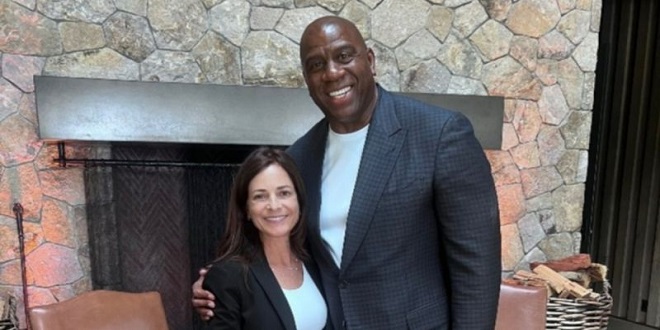
Daniel Mitchell has never let a lack of money get in the way of starting his own business. Brought up in Southend-once in a single-parent family, he began his first company selling office equipment at the age of 19. He funded it entirely on the back of credit from suppliers after he discovered he could pay them 30 days after customers had paid him. Unfortunately, his entire experience of business at that point consisted of 18 months selling equipment for someone else.
Mitchell had no real idea about how to run a company and after two years his firm went bust. He says: ‘I decided I could do a much better job of it myself, but I quickly learned that I couldn’t. Looking back at it now, I can’t believe I managed to keep it going for as long as I did. I didn’t really have a business plan and I didn’t understand cash flow. Everything was worked out on the back of a cigarette packet.
London to find out how businesses actually worked. ‘I went on training courses to find out how to read a balance sheet and learn about the importance of cash flow’, he says. ‘It really gave me a good insight into how a company ticks financially and I discovered it was something that really interested me.’ After spending a year traveling round America, at the age of 23 Mitchell decided that it was time to try again. So in 1993 he set up a company selling computer parts to maintenance companies. He explains: ‘I had a reasonable understanding of the IT market and I knew that in order to be successful a business either had to be huge or it had to be niche.
So I chose a relatively high-margin niche market.’ Once again he did it without having to find any cash upfront, negotiating a three-month rent-free deal on premises and then trading on suppliers’ credit and borrowing on his credit cards to fill the gaps where necessary. He says: ‘There was no capital involved in the business. It was simply a matter of starting trading and getting suppliers’ credit and then reinvesting the profit.’ Daniel Mitchell 179 He quickly realised he had discovered an untapped demand and sales took off. But after five years of strong growth, averaging 35 per cent a year, in 1998 Mitchell realised that the market’s low barriers to entry left his company increasingly vulnerable to competition. ‘I just couldn’t see how I could build up the kind of business that I wanted to build up in the next five years in that particular marketplace’, he says. ‘
There were very few barriers to stop my sales manager going round the corner with a credit card and an overdraft and setting up in competition to me.’ As he looked around for what to do next, he suddenly realised that the perfect opportunity lay right on his doorstep. ‘We had handled the insurance claims for a couple of small clients, so it got me thinking about what actually happens when an insurance company gets a claim for a computer’, he says. ‘I rang up an insurance company and asked if they would be interested in something that took away the hassle of validating claims and supplying the computer equipment. The answer was yes.
So I rang up four other insurance companies and it was exactly the same story.’ Inspired by his discovery, Mitchell decided to set up a business that handled claims on behalf of insurance companies by validating the claim and then repairing or replacing the damaged equipment. The business, which he called The Source, went so well that after a year Mitchell brought in business angels to invest £500,000 in the company. By the end of 2000 it was generating far more income than the original parts business. It was, however, a frustrating time. He says: ‘I was doing loads of administration and working lots of hours because I couldn’t afford to employ someone to do the administrative things that needed to be done. But it was an absolute waste of my time because I wasn’t adding value to the business.
Last word
I would have grown the business much quicker if I had hired someone to help.’ 180 How I Made It He eventually realised that the solution was to employ a chief executive who had been a director on the board of a FTSE 100 company. It was a sound move.





